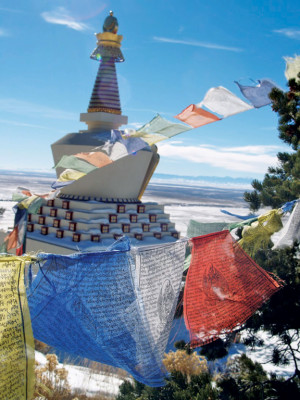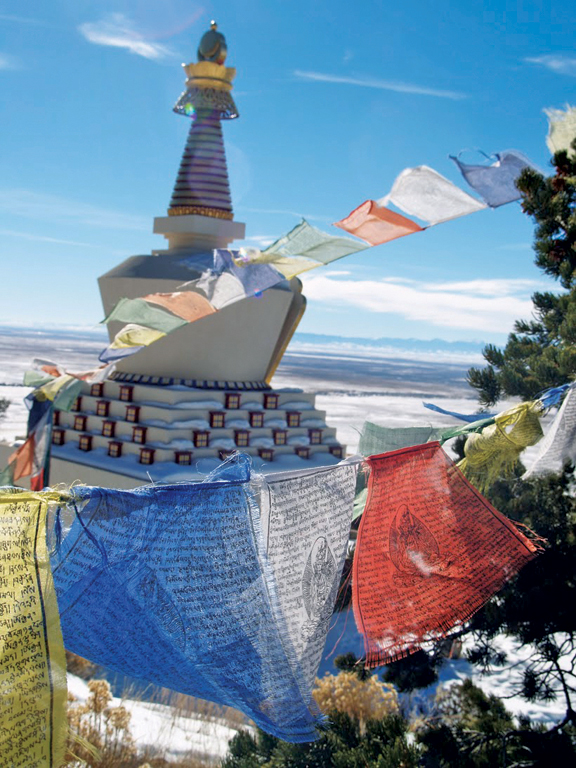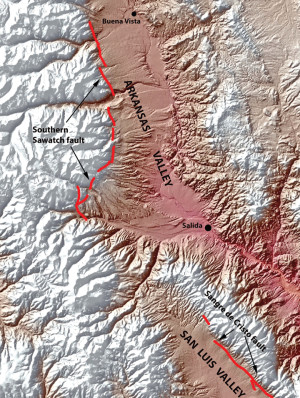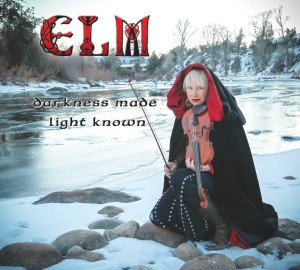By Ericka Kastner
Passing through the San Luis Valley, travelers looking east toward the Sangre De Cristo Range may find it impossible to discern the two great stupas hidden among the trees, yet towering above the landscape in the mountain foothills just outside Crestone. The stupas are woven into the rich spiritual history of Crestone, a community with more than 20 diverse spiritual centers reflecting nearly all the world’s major religions.
Stupas, traditionally monumental piles of earth formed to honor the spiritual teachers buried inside of them, eventually came to be erected in a more skyward fashion. They symbolize the Buddha’s body and mind, pointing the way to enlightenment and the path to realization. It is believed that stupas bring blessings to the builder, the landscape upon which they are built and to all who visit them.

The Tibetan word for stupa is “chöten,” meaning offerings of support. Visitors typically find offerings such as small rocks, coins, candles or photos at the foot of both of the Crestone stupas, gifts that have been left behind intentionally by spiritual practitioners coming to the stupa to meditate.
While some stupas have doorways allowing entry, both the Jangchub Chorten Stupa and the Tashi Gomang Stupa in Crestone are completely enclosed, but contain numerous objects.
Built in dedication to Tulku Urgyen Rinpoche, a highly respected Dzogchen master who escaped from Tibet, the Jangchub Chorten Stupa is filled with 20,000 tsa-tsas (miniature stupas), sacred texts and relics (hair, pieces of flesh, meditation bells) of great masters. Weapons are also buried at the base of the stupa symbolizing pacification of all negativities such as war, natural disasters, disharmony, sickness and famine.
Further down the road, the Tashi Gomang Stupa houses a treasure chest of offerings including relics, juniper for purification and 100,000 tsa-tsas made by volunteers. It was built to honor the Buddha’s first teachings on the Four Noble Truths in Benares, India. A statue of His Holiness, the 17th Karmapa, was placed at the front of the stupa.
Getting there: From Poncha Springs, follow U.S. Hwy. 24/285 west and south to a left-hand turn onto Hwy. 17 in Saguache County. Travel 14 miles on Hwy. 17. Just past the town of Moffat, take C.R. T east for 12 miles to Crestone. Both of the stupas are along Camino Baca Grande Road (becomes Dream Way Road) in the Baca Grande Community, a right turn just as you enter the town of Crestone. The Jangchub Chorten Stupa is visible on the left side of the road about a half-mile in. The Tashi Gomang Stupa is about five miles from the turn-off into the Baca where the road comes to a dead end. Maintenance for both stupas is provided by donations, and visitors are welcome between sunrise and sunset.
[InContentAdTwo]
For more information about the Tashi Gomanch Stupa, visit www.kttg.org/pages/the-stupa.php. Details about the Jangchub Chorten Stupa may be found at www.tsoknyirinpoche.org/yeshe-rangsal/stupa-and-shrine-hall.
Inspired in part by the many stupas she’s visited across Colorado, Ericka begins each day on a meditation cushion inside her downtown loft in historic Salida. View her work online at erickakastner.com.



